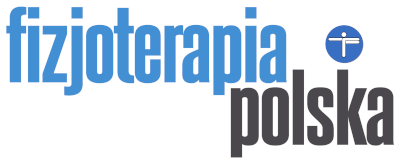Michał Dziewulski, Waldemar Szymanik
Michał Dziewulski, Waldemar Szymanik – Epidemiology of lateral curvature of the spine in children and adolescents. Fizjoterapia Polska 2003; 3(2); 106-112
Abstract
Background. The primary purpose of this article is to draw attention to the problem of lateral scoliosis in children and adolescents, a serious issue in orthopedics. This subject should be of interest not only to orthopedists, but also to pediatricians, rehabilitation specialists, physiotherapists, family physicians, and even specialists in internal medicine. The authors’ goal is to focus on the basic facts concerning this disorder, its classification, and the epidemiology. Material and methods. In our clinical work over the last 30 years we have observed patients treated at the Rehabilitation Center in Konstancin, Poland. The rate of occurrence of scoliosis has been calculated, and the data broken down by sex, age, and residence (urban or rural). The goal was to point out any possible predisposition by gender, to discover whether the residence had any impact on the likelihood of diagnosis due to better facilities, and to specify the age at which there occurs the greatest risk of occurrence. Results. Despite a systematic increase in the number of patients admitted to our Center, there has not been a proportional increase in the number of patients with scoliosis, and in fact the number has diminished. A distinct tendency for scoliosis to appear in girls was noticed. Scoliosis is more often diagnosed in urban children and adolescents. Conclusions. More precise examination and diagnosis of children is required in respect to the possible occurrence of lateral scoliosis, especially in rural environments. Other aspects, such as gender-related trends and the most common type of scoliosis, do not differ from the data reported in the literature.
Key words:
body posture, scoliosis, gender, early diagnosis
| Invalid download ID. |
Pobierz bezpłatnie artykuł w j. angielskim |

